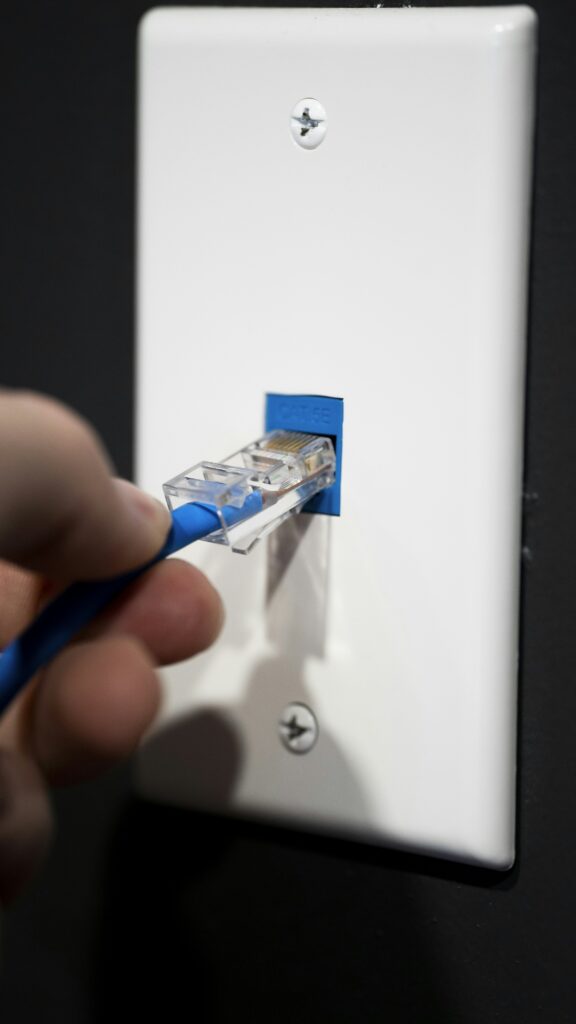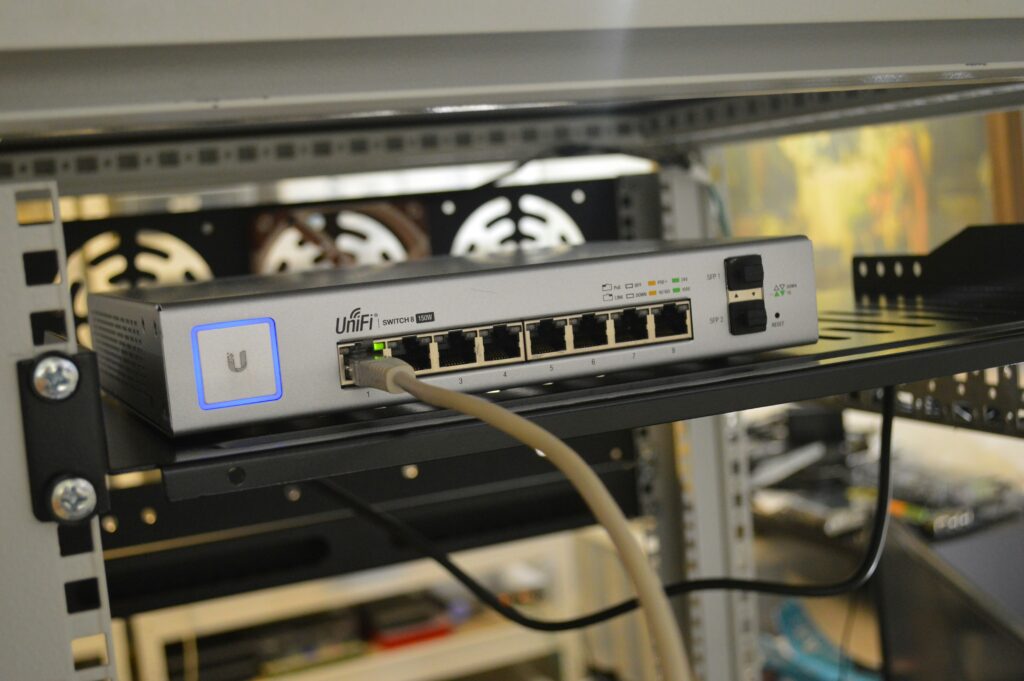In the fast-paced world of technology, reliable network cabling and installation is essential for the smooth operation of any business or organization. At GPXUS, The Government Project Experts, we specialize in providing top-notch services for network cabling and installation. From planning and design to implementation and maintenance, our team of experts ensures that your network is secure, efficient, and scalable. Trust us to handle all your networking needs professionally and effectively.

Introduction
Have you ever wondered about the intricate network of cables that enable you to browse the internet, send emails, or stream your favorite movies? In this article, we will explore the world of network cabling and installation, shedding light on the importance of this essential infrastructure. From the types of cables used to the process of installation, we will delve into the key aspects of network cabling to help you better understand this critical component of modern communication.
Understanding Network Cabling
Welcome to the world of network cabling, where a complex web of cables interconnects to facilitate communication between devices. From offices to homes, network cabling plays a crucial role in ensuring seamless connectivity. Whether you are using a computer, smartphone, or smart TV, network cabling forms the backbone of your digital experience.
Types of Network Cables
When it comes to network cabling, there are several types of cables that are commonly used to establish connections. Each type of cable has its unique characteristics and is designed for specific purposes. Let’s explore some of the most common types of network cables:
| Type of Cable | Description |
|---|---|
| Ethernet Cable | Widely used for wired internet connections |
| Coaxial Cable | Used for TV and internet connections |
| Fiber Optic Cable | Transmits data using light signals, high-speed and reliable |
| USB Cable | Used for connecting devices like printers, storage, and more |
Understanding the differences between these types of cables can help you choose the right one for your specific networking needs.
Ethernet Cable
Ethernet cables are one of the most common types of network cables, used for establishing wired internet connections. They come in various categories, such as Cat 5e, Cat 6, and Cat 7, each offering different speeds and capabilities. Ethernet cables are known for their reliability and stability, making them ideal for high-speed data transfer.
Coaxial Cable
Coaxial cables are commonly used for TV and internet connections. They consist of a copper core surrounded by an insulating layer and a metal shield, providing better protection against interference. Coaxial cables are known for their durability and ability to transmit signals over long distances without loss of quality.
Fiber Optic Cable
Fiber optic cables use light signals to transmit data, offering high-speed and reliable connectivity. They are made of glass or plastic fibers that carry light beams, enabling data to travel at incredible speeds. Fiber optic cables are ideal for long-distance communication and are commonly used in high-bandwidth applications.
USB Cable
USB cables are versatile connectors used for various devices, such as printers, external hard drives, and smartphones. They come in different sizes and shapes, providing a convenient way to connect and charge devices. USB cables are known for their plug-and-play functionality, making them easy to use for a wide range of applications.

The Importance of Proper Network Cabling
Ensuring proper network cabling is essential for maintaining a reliable and efficient network infrastructure. Poorly installed or outdated cables can lead to connectivity issues, slow speeds, and increased downtime. By investing in quality network cabling and installation services, you can optimize your network performance and avoid costly disruptions.
Proper network cabling not only improves data transmission speeds but also enhances security and reduces the risk of network failures. With the increasing demand for high-speed internet and seamless connectivity, having a solid network cabling system is more important than ever.
Network Cabling Installation Process
The process of network cabling installation involves careful planning, precise execution, and thorough testing to ensure optimal performance. Whether you are setting up a new network or upgrading an existing one, following a systematic installation process is crucial for achieving reliable connectivity.
Planning and Design
The first step in network cabling installation is planning and design. This involves assessing the layout of your space, determining the number of devices to be connected, and selecting the appropriate cables for the job. A detailed network cabling plan helps you to allocate resources effectively and streamline the installation process.
Cable Routing
Once the planning and design phase is complete, the next step is cable routing. This involves running cables through designated pathways, such as walls, floors, or ceilings, to connect various devices. Proper cable routing minimizes interference and ensures a neat and organized network setup.
Cable Installation
During the cable installation phase, skilled technicians carefully install the cables according to the predetermined design. This may involve terminating cables, connecting patch panels, and testing cable connections to ensure proper functionality. Using the right tools and techniques is essential for a successful installation process.
Testing and Certification
After the cables are installed, thorough testing and certification are conducted to verify the integrity of the network connections. This involves checking for signal strength, data transfer speeds, and any potential issues that may affect network performance. Testing and certification help to identify and resolve any issues before they impact network operations.

Choosing a Professional Network Cabling Service
When it comes to installing or upgrading your network cabling infrastructure, seeking the help of a professional service provider is crucial. Professional network cabling services offer expertise, experience, and resources to ensure a seamless installation process and optimal network performance. Here are some benefits of choosing a professional network cabling service:
- Expertise: Professional technicians have the knowledge and skills to handle complex network cabling installations with precision and efficiency.
- Quality Materials: Professional services use high-quality cables, connectors, and tools to ensure reliable and long-lasting network connections.
- Compliance: Professional network cabling services follow industry standards and regulations to ensure safety and performance.
- Support and Maintenance: Professional service providers offer ongoing support and maintenance to address any issues and optimize network performance.
By partnering with a professional network cabling service, you can rest assured that your network infrastructure is in safe hands and optimized for maximum efficiency.
Conclusion
In conclusion, network cabling and installation are essential components of modern communication systems, enabling seamless connectivity and high-speed data transfer. Understanding the types of cables, the importance of proper cabling, and the installation process can help you make informed decisions when setting up your network infrastructure. By choosing a professional network cabling service, you can ensure reliable connectivity, optimal performance, and peace of mind knowing that your network is in good hands. Remember, the quality of your network cabling directly impacts your digital experience, so investing in a reliable and efficient network infrastructure is a wise decision.

